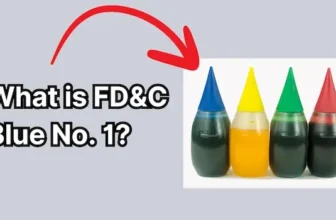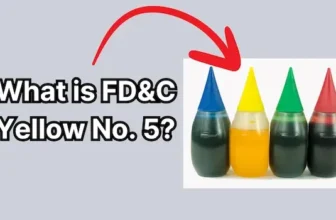Lately, you’ve probably heard quite a stir on social media and the internet about FD&C Red Dye 40, also known as “Allura Red AC”. But are you curious about what Red 40 is made of and its potential side effects and health risks? Well let me tell you my findings as a professional scientist who has researched this topic heavily.
This is a very popular artificial food dye that is commonly used in a variety of food and beverage products. It is used in such a wide range of products because it is stable, heat resistant, and has a long shelf life. Red 40 is also relatively inexpensive to produce, which makes it an attractive option for food manufacturers looking to add vibrant colors to their products.
How Is FD&C Red Dye 40 artificial food coloring Made?
Red 40 is a synthetic food coloring made from petroleum.
It doesn’t occur naturally and is created through a chemical process.
Similar artificial food coloring include Yellow 5 and Blue 1.
Here’s a simplified overview of how it’s made
- Chemical Reaction: The process involves combining two special kinds of acids, one derived from toluene and the other from naphthalene.
- Resulting Products: This reaction produces Allura Red AC, which is the sodium version of Red 40. It also creates calcium and potassium versions, all of which are considered safe.
Many companies—over 30—are involved in producing Red 40.
What foods have FD&C Red Dye 40 artificial food coloring?
- Beverages – Examples: Fanta, Kool-Aid
- Dairy Products – Examples: Flavored milk, yogurt, pudding, ice cream, popsicles
- Cereals – Examples: Fruit Loops, Lucky Charms, Frosted Flakes with Marshmallows, Cap’n Crunch’s Crunch Berries
- Candies – Examples: Twizzlers, Jolly Ranchers, Swedish Fish, M&Ms
- Chips – Examples: Doritos, Hot Cheetos, Pringles
- Bakery Products – Examples: Pillsbury’s Funfetti Valentine’s Day Vanilla Frosting, Betty Crocker Red Decorating Icing
Red 40 is one of the most widely used food dyes in the United States, and is approved by the Food and Drug Administration (FDA) for use in food and beverages.
Despite FDA approval, there are several reasons to exercise caution when it comes to Red 40.
FD&C Red 40 Side Effects and Health Risks
Health Concerns
Behavioral Issues: Studies have linked Red 40🍃 to worsening symptoms of ADHD, particularly in children. It may cause hyperactivity, inattentiveness, and restlessness.
Allergic Reactions: Some individuals may experience allergic reactions to Red 40🍃, including hives and wheezing.
Cancer Risk: Laboratory research has suggested potential carcinogenic effects🍃 in animals, and Red 40 has been found to contain cancer-causing compounds like benzidine.
Neurological Effects: Exposure to Red 40 may alter brain structure🍃, affecting memory, attention, and learning
Gut Biome Effects: Some experts have raised questions about the potential impact of Red 40 on the gut microbiome🍃, which plays a crucial role in overall health and immunity.
Why is Red 40 Banned in Some Countries in Europe?
Limited Evaluation: The effects of Red 40 have not been rigorously evaluated🍃 in recent years, despite its widespread use.
International Restrictions: Some countries, like Norway and Iceland, have banned Red 40🍃 due to its correlation with hyperactivity in children.
Labeling Requirements: The European Union requires warning labels on products containing Red 40🍃, stating it “may have an adverse effect on activity and attention in children”.
Prevalence in Products
Red 40 is present in over 40% of foods🍃 in the United States, as well as in medications, cosmetics, and personal care products.
This widespread use increases the potential for cumulative exposure and associated risks.
Given these concerns, many consumers and health professionals advocate for caution🍃 when consuming products containing Red 40, especially for children and individuals with certain health conditions.
How does FD&C Red Dye 40 Artificial Color Affect Behavior in Children?
While more research is needed to fully understand the relationship between Red 40 and behavior, many experts recommend minimizing or avoiding artificial food dyes🍃, especially for children with ADHD or those sensitive to these additives.
Here’s how it may affect behavior:
Hyperactivity and ADHD Symptoms
Research indicates that Red 40 consumption may lead to:
- Increased hyperactivity🍃 in some children
- Worsening of ADHD symptoms, including difficulty concentrating and impulsivity🍃
- Behavioral problems in children both with and without pre-existing conditions
Potential Mechanisms
The behavioral effects of Red 40 may be due to:
- Depletion of minerals crucial for growth and development, such as zinc and iron
- Chemical changes in the brain
- Hypersensitivity reactions🍃, including inflammation
Variability in Sensitivity
It’s important to note that sensitivity to Red 40 varies among individuals:
- Some children🍃 may experience significant behavioral changes, while others may not be affected.
- Younger children🍃 appear to be more susceptible than adults
Research Findings
Studies on the effects of Red 40 and other artificial food dyes have shown:
- 64% of analyzed clinical studies🍃 found an association between food coloring and children’s behavioral problems
- Some studies report improvements in behavior and attention when artificial dyes are eliminated🍃 from children’s diets.
Exploring Healthy, Natural Alternatives to Red Dye 40 artificial food coloring
Beet Juice Concentrate
One popular alternative to Red 40 is beet juice concentrate, which provides a natural red color without the need for artificial dyes.
Beet juice is not only a vibrant and natural source of red pigment, but it also offers added health benefits such as antioxidants and anti-inflammatory properties.
This makes it a popular choice for food manufacturers looking to create products with clean labels and natural ingredients.
Paprika Extract
Another natural alternative to Red 40 is paprika extract, derived from dried and ground red peppers.
Paprika extract is a rich source of carotenoids, which not only give it a vibrant red color but also provide antioxidant benefits.
This natural dye is commonly used in a variety of food products, including sauces, dressings, and snack foods, as a safe and effective alternative to synthetic food dyes like Red 40.
Cochineal Extract
Cochineal extract is derived from the dried bodies of a species of scale insect native to South America.
Cochineal extract has been used for centuries as a natural dye, providing a bright red color to a variety of food and cosmetic products.
While some consumers may be hesitant to use a dye derived from insects, cochineal extract is considered safe for consumption and offers a natural alternative to synthetic food dyes like Red 40.
References
- Shr, Alan. “Red Dye in Doritos, Soft Drinks Linked to ADHD and Cancer.” The GH Falcon, ghfalcon.com/17948/news/red-dye-in-doritos-soft-drinks-linked-to-adhd-and-cancer/. Accessed 17 Mar. 2025.
- “The Risks of Red 40: Crucial Facts Uncovered.” Pederson’s Natural Farms, pedersonsfarms.com/blogs/blog/the-risks-of-red-40-crucial-facts-uncovered. Accessed 17 Mar. 2025.
- Shr, Alan. “Red Dye in Doritos, Soft Drinks Linked to ADHD and Cancer.” The GH Falcon, ghfalcon.com/17948/news/red-dye-in-doritos-soft-drinks-linked-to-adhd-and-cancer/. Accessed 17 Mar. 2025.
- Delson, Sam. Oehha.ca.Gov, oehha.ca.gov/risk-assessment/press-release/report-links-synthetic-food-dyes-hyperactivity-and-other-neurobehavioral-effects-children. Accessed 17 Mar. 2025.
- “Red Dye and IBS: Why to Avoid It and How to Treat IBS Naturally: Viva Wellness.” VIVA Wellness Clinic, 10 May 2024, vivawellnesswi.com/red-dye-and-ibs-why-to-avoid-it-and-how-to-treat-ibs-naturally/.
Read Next
Top 10 Best Non-Toxic Candles in 2025

Top 10 Best Non Toxic Laundry Detergents
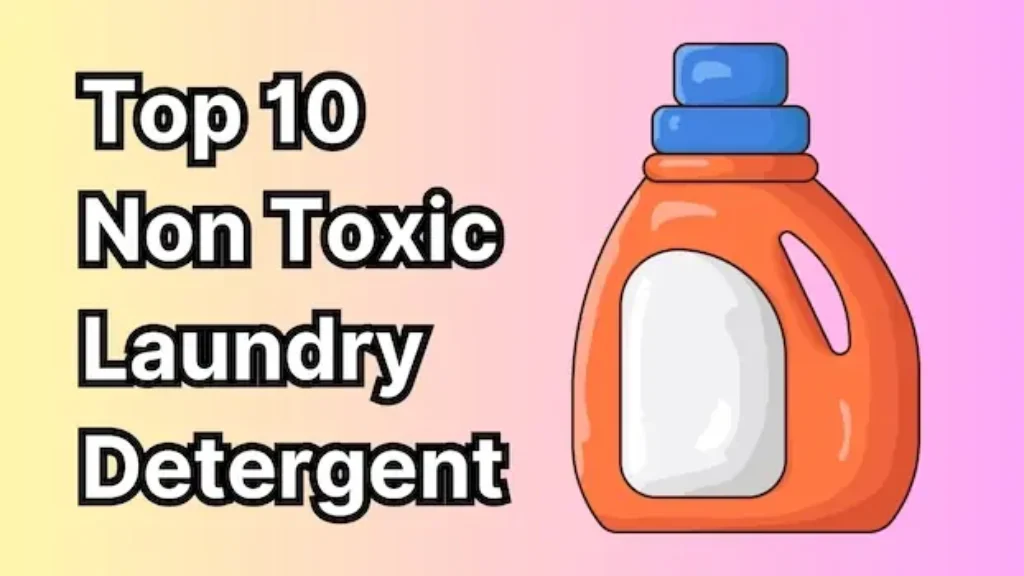
What Is Yellow 5 (Tartrazine) and is it Bad for You?
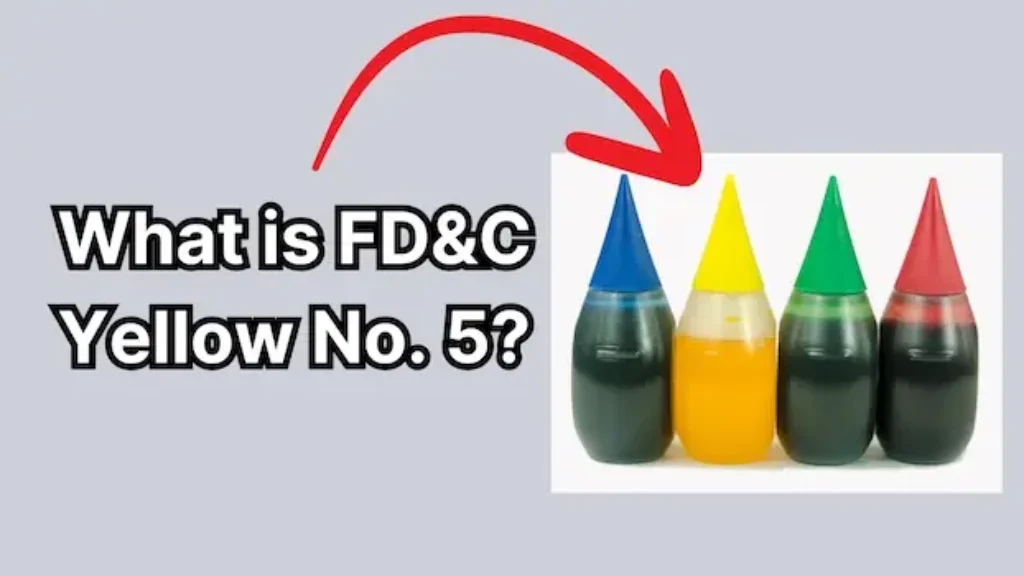
What Is FD&C Blue 1 and is it Bad for You?

What are Parabens & Why are They Bad? From a Scientist
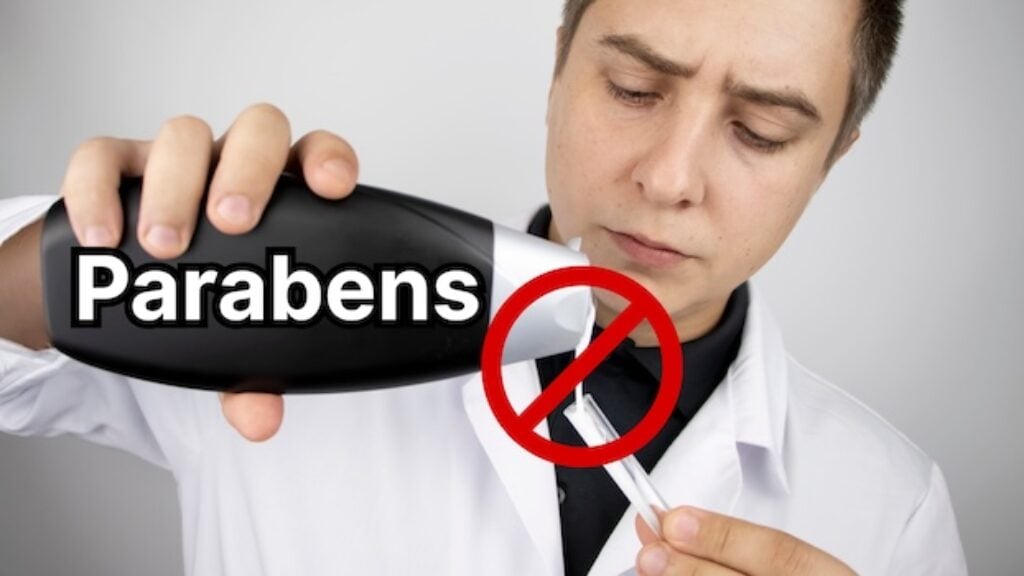
PFAS: Meaning, Definition, and How to Avoid
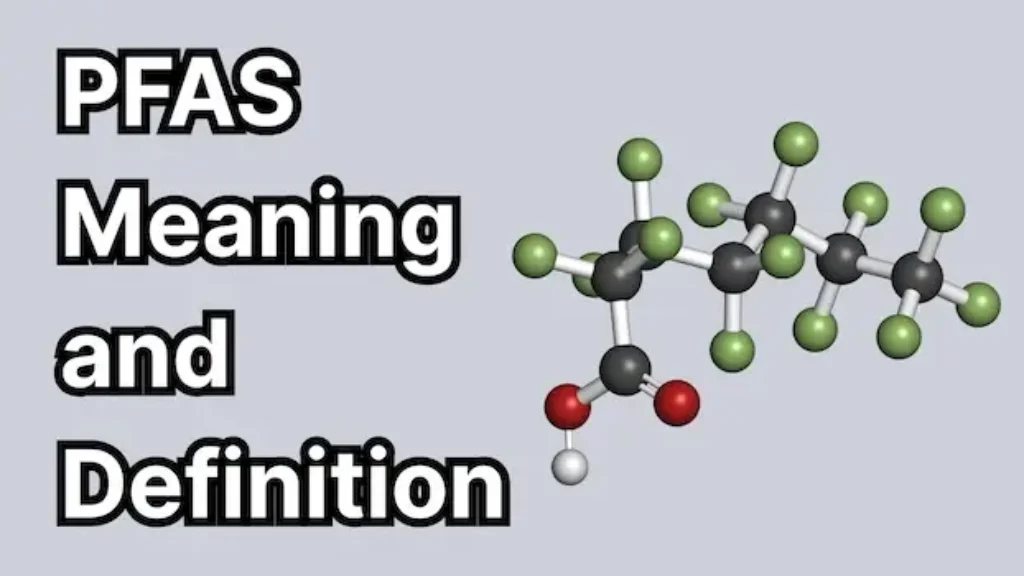
What are Phthalates? Pronunciation and Definition

What is Fragrance Made of? Ingredients List & Health Risks
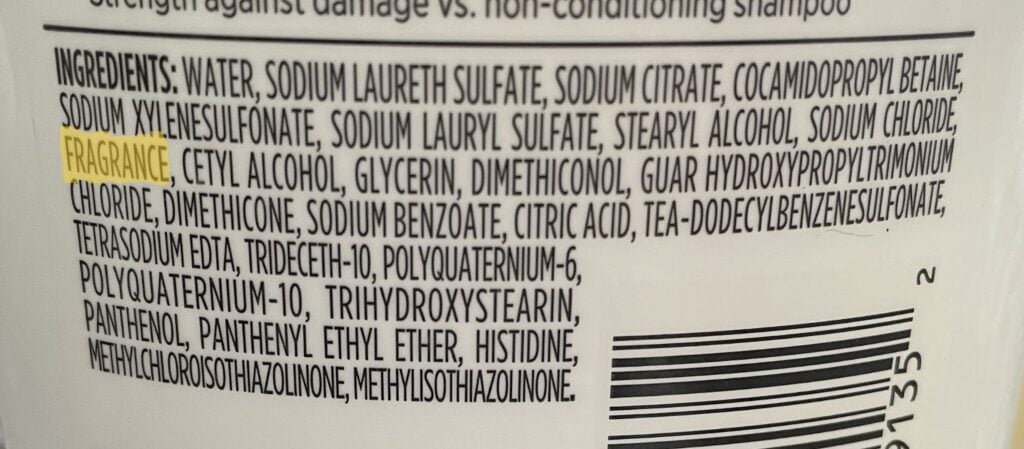
Are Black Plastic Kitchen Utensils Toxic?

